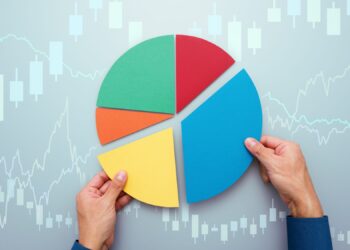The finding has come from the latest Global Pension Assets Study by Willis Towers Watson’s Thinking Ahead Institute.
Globally, institutional pension fund assets in the 22 largest markets continued to rise in 2020 despite the pandemic, up by 11 per cent to US$52.5 trillion ($67.3 trillion).
Australia retained its spot among the seven-largest markets for pension assets, alongside Canada, Japan, the Netherlands, Switzerland, the UK and the US – accounting for 92 per cent of the 22 major markets.
The US remained the largest pension market, with 62 per cent of worldwide pension assets (US$32.5 trillion or $41.6 trillion), followed by Japan and the UK with 6.9 per cent and 6.8 per cent, respectively. Australia ranked fifth, with its estimated US$2.3 trillion ($2.95 trillion).
The study also found there was a notable rise in the ratio of pension assets to average GDP, up by 11.2 per cent to 80 per cent of GDP at the end of the year.
The increase was the largest since the research initially began in 1998 – but equal to a bounce in the ratio following the global financial crisis. While the ratio could indicate a stronger pension system, it could also reflect the economic impact of COVID-19 on nations’ output.
The trend was more pronounced among the top seven markets, with a 20 per cent rise in the pension assets-to-GDP ratio to 147 per cent last year, from 127 per cent in 2019.
In Australia, assets equated to 175 per cent of GDP, from 151 per cent the year before. The ratio was 62 per cent higher than 10 years prior, when assets were 112 per cent of GDP. Australia’s ratio also had the second-greatest growth over the past decade, following the Netherlands, which reached 214 per cent of GDP from 93 per cent 10 years prior.
Jessica Melville, head of strategic advisory, investments for Willis Towers Watson commented the growth was particularly impressive, considering the hit from the government’s early super measure.
Looking ahead, 2021 is set to be an “interesting year for funds”, Ms Melville said, pointing to the Australian government’s commitment to the Coalition for Climate Resilient Investment.
“One of the main challenges and opportunities for impact among superannuation funds is the effective stewardship of their assets and a turbo-charged approach to ESG considerations led by climate change and the accelerating path to net zero,” she said.
“Funds will continue to draw upon a total portfolio approach to value creation to meet the ever-evolving needs of their stakeholders – members, wider society and the natural environment.”
The research also showed a shift to alternative assets. In 2000, around 7 per cent of assets in the top seven markets were allocated to private markets and other alternatives, compared to more than a quarter (26 per cent) in 2020.
The adjustment comes at the expense of equities, down from 60 per cent to 43 per cent, while bond allocations also fell, from 31 per cent to 29 per cent.
Australia had a noticeably smaller proportion allocated to bonds in 2020, estimated at 14 per cent, while 48 per cent sat in equities, 15 per cent in cash and 24 per cent in alternatives. The country also had the second-highest allocation to domestic equities, second only to the US.
Marisa Hall, co-head of the Thinking Ahead Institute commented the global industry had stayed resilient through the health and economic crisis.
“This is good news for billions of savers around the world,” Ms Hall said.
“However, this shouldn’t mask the growing set of challenges that industry leaders face, particularly around addressing broader stakeholder groups’ needs and wants, while continuing to deliver financial security for their fund members.”







